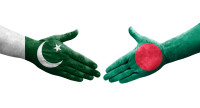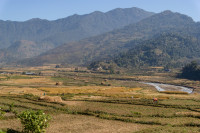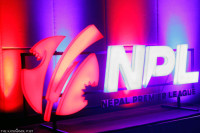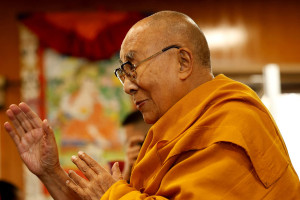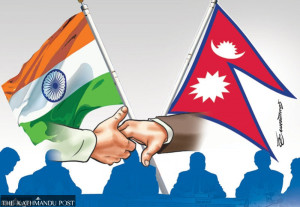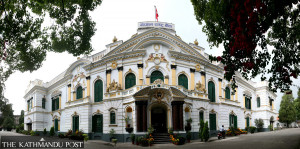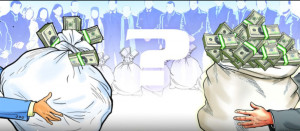Columns
More than just holidays
The hallmark of an inclusive state is recognising and celebrating differences.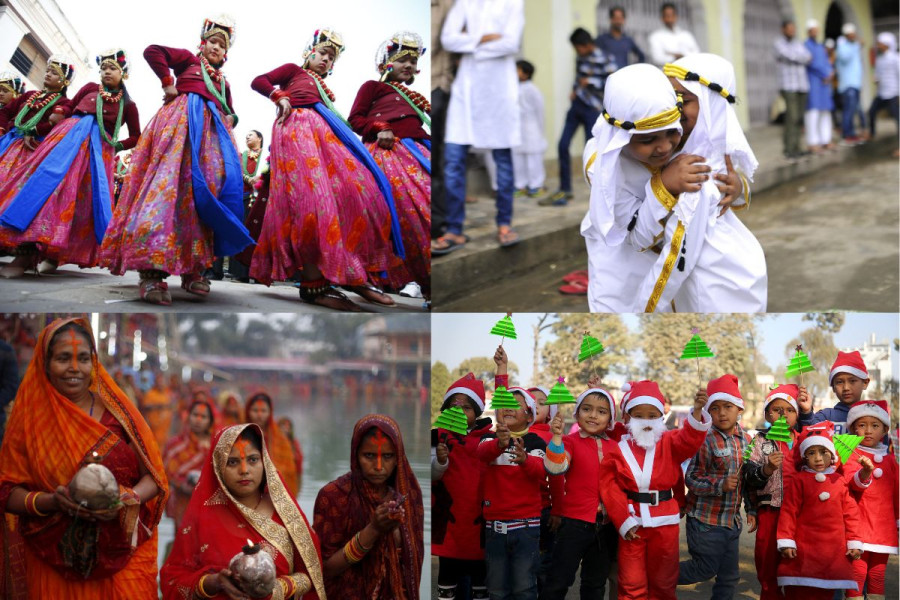
Deepak Thapa
With Christmas come and gone and celebrated as a public holiday as well, I cannot help but imagine some who would have been quite put off by the state’s nod to our Christian compatriots. To begin with, there has never been a shortage of detractors pointing out that the number of government holidays Nepalis enjoy surely cannot be conducive to our march towards economic prosperity. Those naysayers do have a point. For, besides the 53 Saturdays this year (Bikram Sambat calendar), the government has declared 35 other holidays, of which 27 are festivals and the rest are anniversaries, namely, Buddha Jayanti and Prithvi Jayanti, and special days such as May Day, Republic Day, etc.
There are various other holidays specific to certain groups and regions, not to mention the four extra festival days off for those lucky enough to be working in the Kathmandu Valley. And then there are the impromptu holidays to mark state visits of high-ranking dignitaries, both Nepali and foreign, and the unfortunate deaths of certain individuals that also warrant a day off for the country to mourn collectively. Even considering that some of these designated holidays fall on Saturdays, one has to agree that those are a fair number of days during which the country goes into hibernation for most practical purposes.
Celebration of difference
Those of us who often write about issues of exclusion/inclusion in Nepal tend to point to the number of religio-cultural holidays granted (and oftentimes celebrated) by the state as evidence of how far we have come since the changes wrought by the developments of 2006 and thereafter. The pre-2006 dispensation recognised explicitly only Hindu holidays celebrated by the hill-origin communities. The exception was the birth anniversary of the Buddha, who some consider part of the Hindu pantheon, but the celebration of which is also an appeal to the jingoistic albeit silly claim to being the land of his birthplace.
For a country that barely acknowledged its substantial Muslim population till very recently to declare both Eid al-Fitr and Bakra Eid as public holidays only strengthens its secular credentials. It may seem cosmetic, but the hallmark of an inclusive state is the recognition of differences, and the celebration of various groups’ festivals is an important step towards granting legitimacy to the multifarious identities that make up Nepali society. Thus, this year’s gazette notification of holidays specifically mentions different communities—Kirat (Rais, Limbus, Yakkhas and Sunuwar), Jyapu, Tamu [Gurung] and Sherpa—or just festivals strongly associated with others, such as Sonam Lhosar (Tamang and Hyolmo) and Maghi (Tharus and Magars).
One of the most notable developments has been the growing popularity of Chhath outside its traditional confines of the Tarai. Despite being a Hindu festival, it was long considered a festival of Madheshis alone. It was only in the post-2006 period that Chhath was accorded reverence by the state, and, by extension, the larger non-Madhesi community as well. That much is clear from the elaborate preparations at various places in Kathmandu that precede its observance. With more non-Madheshis also observing Chhath, and high personages like the president also providing their imprimatur, a formerly marginalised festival is on its way to becoming much more mainstream than could have been envisaged just two decades ago.
Nepal Sambat
Digging into the past, one finds that the front pages of the October 24, 1979 editions of Gorkhapatra and The Rising Nepal (TRN), the Nepali- and English-language government mouthpieces, were quite similar in their coverage. The main news was devoted to then-Prime Minister Surya Bahadur Thapa’s pronouncements on the United Nations on its founding day. But while TRN gave second billing to a tour of ASEAN by the Thai prime minister, Gorkhapatra had reserved that honour for news about a function in Kathmandu to mark the beginning of the 1100th year of the Nepal Sambat.
With private media limited to tabloids, the main news sources at the time were these two newspapers and Radio Nepal. The archives from the latter are probably lost by now, but thanks to digitisation, we do have access to the two newspapers and hence are able to gauge how the state viewed such happenings. That TRN mentioned not a single word in its total of four pages is telling. Even more so since Gorkhapatra (which was actually carrying the story from the government wire service) also quoted the main speaker from the Nepal Sambat celebrations stating that the official Bikram Sambat originated in India and it was Prithvi Narayan Shah who had undermined the status of the indigenous calendar. I surmise that it could only have been the relatively politically open atmosphere in the run-up to the 1980 national referendum that allowed for such a statement to be published.
I was in my last year in school at the time and do not remember reading any of this. Even if I had, I would have had no sense of the political implications of the news. What I do remember quite vividly, though, was the motorcycle rally taken out by Newars of the Valley to celebrate the beginning of a new century in Nepal Sambat.
I do not think I would be wrong in saying that this was the first time such an event had been organised. At a time when vehicle ownership of any kind was quite rare and there were very few plying the streets and gullies of Kathmandu, to behold hundreds of motorcycles vrooming around with mainly men and boys, shouting the Newari New Year’s greeting of ‘Nhu Daya Bhintuna’ was something very novel.
One would imagine the whole of Kathmandu would have joined the Newars in the festivities. But that was definitely not the case, particularly among the non-Newars. Even though the influx of outsiders had not reached the extent the Valley saw in the post-2000 period, they were already present in significant numbers and steeped in the Panchayat system’s ‘one nation, one language, one culture, one religion’ ethos.
As a resident of Kathmandu, what I remember distinctly was almost a sense of aggrievement among non-Newars that the Newars had the temerity to go around in a mass declaring a festival other than approved by the establishment worthy of celebration. We also heard stories about sporadic clashes taking place, and all because some people could not stand others voicing their happiness at a cultural milestone.
I am not sure if the Nepal Sambat motorcycle rallies are organised any more even though in those initial years these allowed Newars to express joy over a cultural event. The demand by poet Durga Lal back in 1979 that the government grant recognition to Nepal Sambat has been met many times over in prime ministerial pronouncements even if the desire of its exponents that it receive sanction as the official calendar is yet to. But one has to admit, we are all in a much happier place now that we can all come together and enjoy with abandon each and every festival that comes our way, including greeting each other with ‘Nhu Daya Bhintuna’ in all earnestness once a year.




 10.12°C Kathmandu
10.12°C Kathmandu
